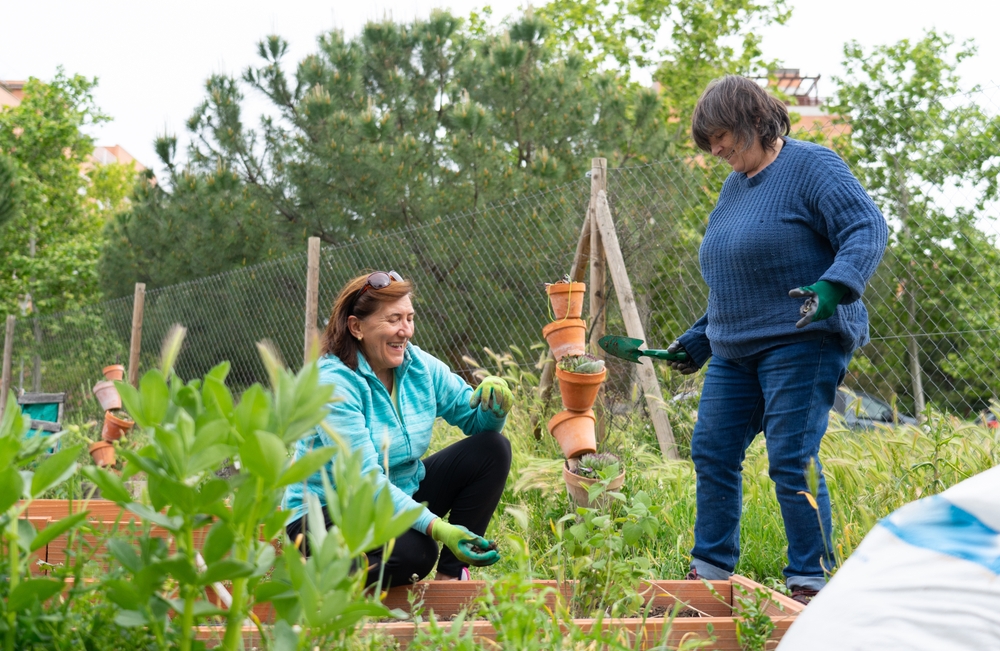How to Start Working as a Gardener in Japan?
Many companies in Japan's gardening sector are actively looking for new workers. This field may offer stable opportunities with a consistent demand. Learn about the application criteria and how people without experience can explore these roles. Discover more in this article.

What qualifications do you need to work as a gardener in Japan?
To work as a gardener in Japan, you’ll typically need a combination of skills, qualifications, and legal requirements. While formal education in horticulture or landscaping is beneficial, it’s not always mandatory. Many employers value practical experience and a genuine passion for gardening. However, some key qualifications that can enhance your prospects include:
-
Japanese language proficiency: Basic Japanese skills are often required, with higher-level positions demanding more advanced language abilities.
-
Visa status: You must have a valid work visa or residency status that allows you to work in Japan.
-
Physical fitness: Gardening work can be physically demanding, so good health and stamina are essential.
-
Knowledge of Japanese plants and gardening techniques: Familiarity with local flora and traditional Japanese gardening methods is highly valued.
How can beginners find gardening jobs in Japan?
For those new to the field, finding gardening jobs for beginners in Japan may seem challenging, but there are several avenues to explore:
-
Apprenticeships: Many Japanese landscaping companies offer apprenticeship programs where you can learn on the job.
-
Entry-level positions: Look for assistant gardener or grounds maintenance roles, which often require less experience.
-
Seasonal work: Many gardens and parks hire additional staff during peak seasons, providing opportunities to gain experience.
-
Agricultural internships: Some programs combine language study with practical work experience in farming or gardening.
Websites like GaijinPot, Jobs in Japan, and Indeed Japan often list entry-level gardening positions suitable for beginners.
What are the steps to apply for garden work in Japan?
When applying for garden work in Japan, follow these steps to increase your chances of success:
-
Prepare your documents: Ensure your resume is in Japanese format (rirekisho) and highlights any relevant experience or skills.
-
Search for openings: Use job boards, company websites, and networking to find suitable positions.
-
Tailor your application: Customize your cover letter and resume for each position, emphasizing your passion for Japanese gardening.
-
Follow application instructions carefully: Japanese employers often have specific requirements for application submissions.
-
Prepare for interviews: Be ready to discuss your experience, motivation, and understanding of Japanese garden aesthetics.
-
Demonstrate willingness to learn: Even if you lack experience, show enthusiasm and a commitment to developing your skills.
Are there seasonal gardening roles available in Japan?
Seasonal gardening roles are quite common in Japan, offering excellent opportunities for those looking to gain experience or supplement their income. These roles typically coincide with Japan’s distinct seasons:
-
Spring (March-May): Cherry blossom season creates demand for maintenance and viewing area preparation.
-
Summer (June-August): Increased need for watering, pruning, and pest control in public and private gardens.
-
Autumn (September-November): Leaf raking and preparation for winter are common tasks.
-
Winter (December-February): While outdoor work decreases, there’s often indoor plant maintenance and planning for the next season.
Many botanical gardens, parks, and landscaping companies hire additional staff during peak seasons, making it easier for newcomers to enter the field.
What unique aspects should you know about Japan’s landscaping industry?
Japan’s landscaping industry is deeply rooted in tradition and philosophy, setting it apart from Western approaches. Key aspects to understand include:
-
Aesthetic principles: Japanese gardens emphasize harmony, simplicity, and natural beauty, often incorporating elements like rocks, water, and carefully pruned plants.
-
Seasonal awareness: Gardens are designed to showcase the beauty of each season, requiring year-round maintenance and planning.
-
Traditional techniques: Many Japanese gardening methods, such as niwaki (tree shaping) and moss cultivation, require specialized skills.
-
Cultural significance: Gardens in Japan are often viewed as artistic expressions and places for contemplation, not just decorative spaces.
-
Sustainability focus: There’s a growing emphasis on eco-friendly practices and native plant use in modern Japanese landscaping.
What are the career growth opportunities in Japan’s gardening sector?
The gardening sector in Japan offers various paths for career advancement and specialization:
-
Landscape designer: Create garden plans and oversee their implementation.
-
Bonsai specialist: Focus on the art of cultivating miniature trees.
-
Garden maintenance supervisor: Manage teams responsible for upkeep of large gardens or parks.
-
Horticultural therapist: Use gardening as a therapeutic tool in healthcare settings.
-
Environmental consultant: Advise on sustainable landscaping practices.
-
Garden tourism guide: Lead tours of famous Japanese gardens, combining horticultural knowledge with tourism skills.
As you gain experience and build your network, opportunities for advancement and specialization will likely increase. Continuous learning and adaptation to new techniques and environmental concerns can help you thrive in Japan’s evolving landscaping industry.
In conclusion, working as a gardener in Japan offers a unique blend of traditional craftsmanship and modern horticulture. By understanding the qualifications needed, exploring various job opportunities, and appreciating the distinctive aspects of Japanese landscaping, you can embark on a fulfilling career path in this culturally rich and aesthetically pleasing field.




